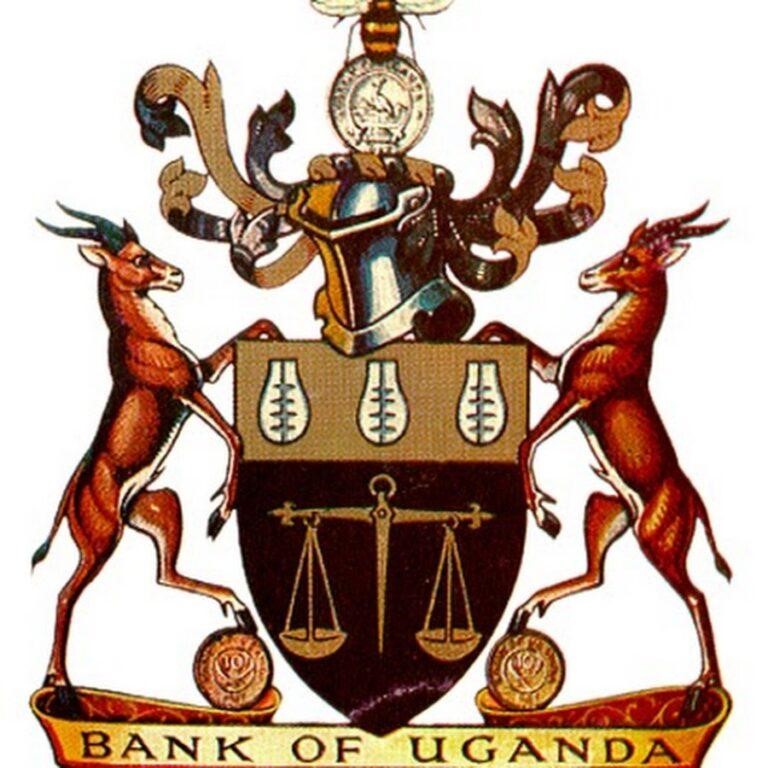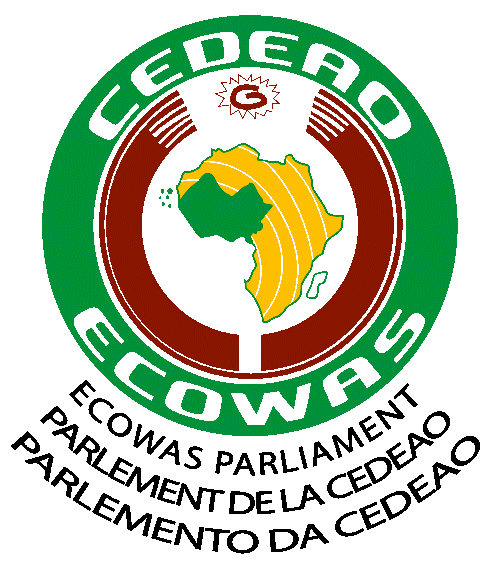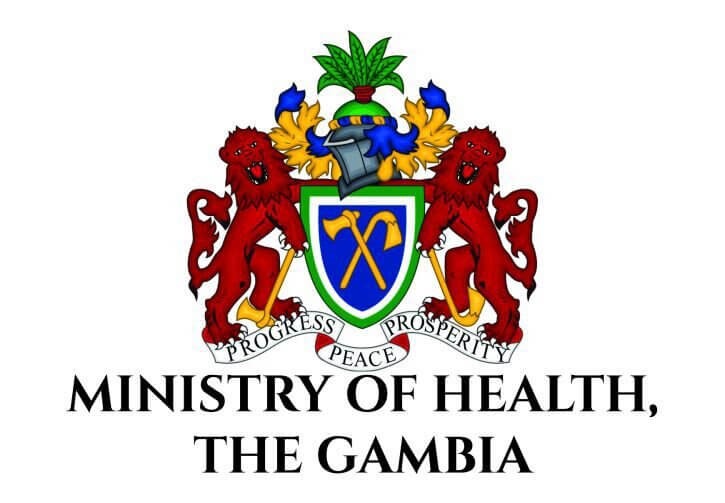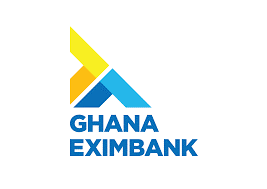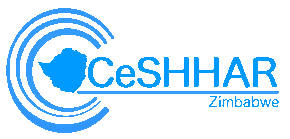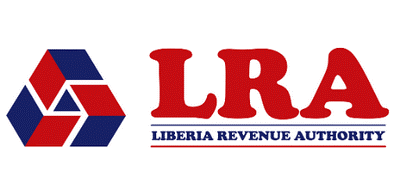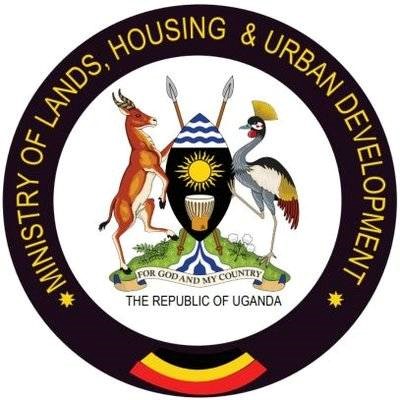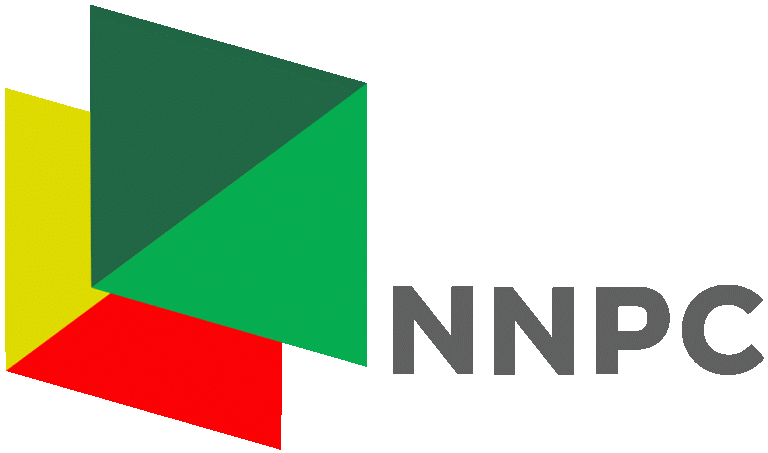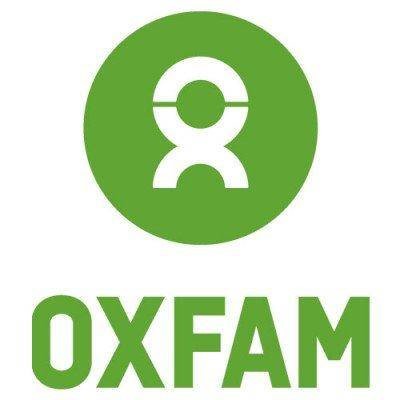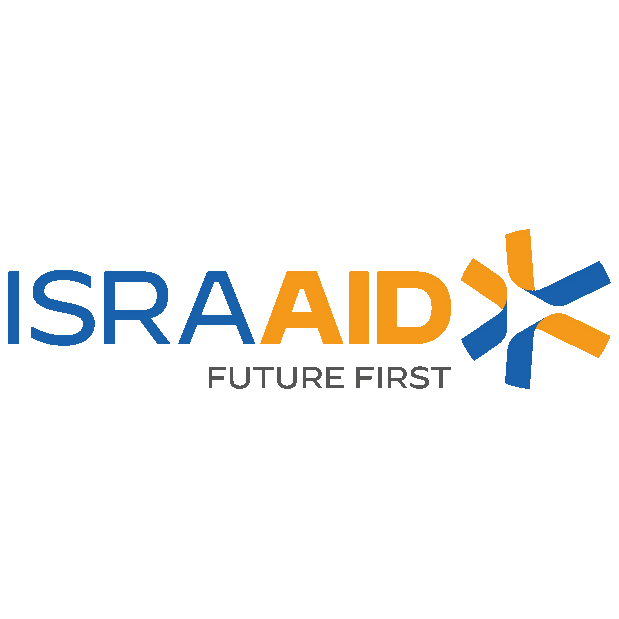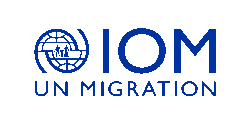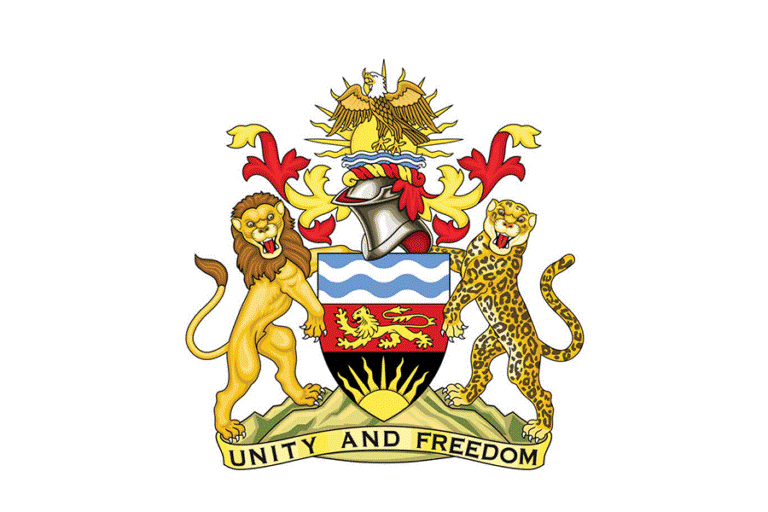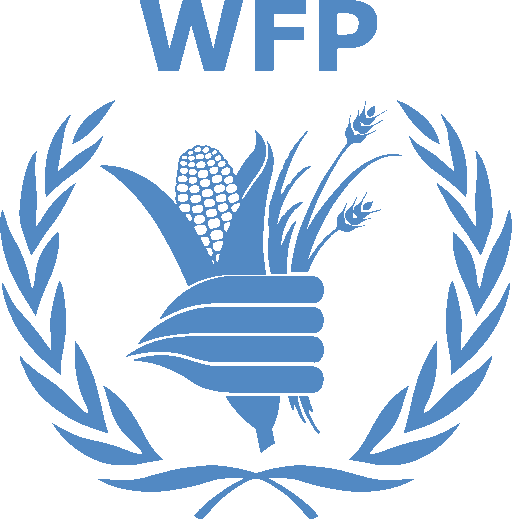Advanced Web Based Mapping Applications Using Open Source GIS Tools Course
INTRODUCTION
Web-based mapping applications have become an essential tool for visualizing and sharing geospatial data in real-time across various sectors such as urban planning, disaster management, environmental monitoring, and business intelligence. With the advent of powerful open-source GIS tools, the development of these applications has become more accessible and cost-effective.
The Advanced Web-Based Mapping Applications Using Open Source GIS Tools course is designed for GIS professionals, web developers, and data analysts who want to enhance their skills in creating dynamic and interactive mapping applications using open-source technologies. The course covers the use of popular open-source GIS platforms such as Leaflet, OpenLayers, and Geoserver, as well as frameworks like PostGIS and MapServer. Participants will learn how to build, customize, and deploy sophisticated web-based mapping applications without relying on proprietary software.
Through hands-on exercises, participants will gain practical experience in managing geospatial data, implementing web GIS applications, and integrating various open-source libraries and tools to create interactive maps that can be accessed and used by a wide audience.
DURATION
10 Days
TARGET AUDIENCE
This course targets non-GIS users and experts, Geographers, IT experts, Cartographers, geoscientists, surveyors, planners, software engineers, database administrators, system administrators, M&E experts, and GIS beginners.
OBJECTIVES
By the end of this course the participants will be able to:
- Understand Web-Based GIS Fundamentals:
Grasp the core principles of web GIS and the technologies involved in building online mapping applications. - Explore Open Source GIS Tools and Libraries:
Learn about the key open-source GIS tools such as Leaflet, OpenLayers, GeoServer, and MapServer, and how they can be used for building advanced mapping applications. - Develop Web-Based Mapping Applications:
Create interactive and dynamic web maps, integrating geospatial data from multiple sources using open-source GIS libraries and frameworks. - Manage and Publish Geospatial Data:
Learn to manage, store, and serve spatial data using open-source platforms like PostGIS and GeoServer. - Customize and Extend Web Maps:
Implement custom features such as layer controls, map styling, pop-ups, and user interactivity to enhance the user experience. - Deploy and Scale Web GIS Applications:
Understand how to deploy web-based mapping applications and optimize them for performance and scalability.
COURSE OUTLINE
Module 1: Introduction to Web-Based Mapping
- Overview of GIS, Web GIS, and their significance.
- Difference between Desktop GIS and Web GIS.
- Open-source GIS tools and frameworks.
- Key components of web mapping: Servers, Clients, Databases, APIs.
Module 2: Overview of Open-Source GIS Tools
- Geospatial Libraries:
- GDAL (Geospatial Data Abstraction Library) for data conversion and processing.
- Shapely for geometric operations.
- Web Mapping Libraries:
- Leaflet.js: Lightweight library for interactive maps.
- OpenLayers: Powerful library for displaying maps in a browser.
- Server Software:
- GeoServer: A web service for sharing geospatial data.
- MapServer: An open-source platform for publishing spatial data.
- Database Systems:
- PostGIS: Extension of PostgreSQL for geospatial databases.
Module 3: Geospatial Data Formats & Standards
- Raster vs. Vector data.
- Common geospatial file formats: Shapefiles, GeoJSON, KML, WMS, WFS, etc.
- OGC (Open Geospatial Consortium) Standards.
- Projection systems and spatial reference systems.
Module 4: Setting Up the Development Environment
- Installing GIS software (QGIS, GeoServer, PostGIS, etc.).
- Setting up and configuring a PostgreSQL/PostGIS database.
- Installing web development tools (Node.js, Python, etc.).
- Hosting options for web maps (local, cloud-based).
Module 5: Data Collection, Preparation, and Processing
- Data sourcing: Publicly available geospatial datasets (OpenStreetMap, Natural Earth, etc.).
- Preprocessing spatial data using QGIS or other tools.
- Data cleaning, validation, and conversion to web-friendly formats (GeoJSON, etc.).
Module 6: Web Mapping with Leaflet.js
- Introduction to Leaflet.js: Adding interactive maps to web applications.
- Loading basemaps (e.g., OSM, Google Maps, Mapbox).
- Working with map layers: Vector (GeoJSON), Tile Layers, Raster Layers.
- Customizing markers, popups, and tooltips.
- Geospatial events (click, zoom, hover, etc.).
- Creating custom controls and widgets.
- Using plugins to extend functionality (e.g., routing, clustering, heatmaps).
Module 7: Web Mapping with OpenLayers
- Introduction to OpenLayers.
- Setting up OpenLayers with a basic web map.
- Managing multiple layers: Vector, Raster, Tiles.
- Styling and rendering features dynamically.
- Advanced interactions: Draw, Modify, Drag & Drop.
- Handling complex geospatial operations (e.g., buffer, spatial analysis).
Module 8: Building Web Mapping Services with GeoServer
- Introduction to GeoServer: Installing and configuring.
- Publishing layers and datasets via GeoServer (WMS, WFS, WMTS).
- Styling layers with SLD (Styled Layer Descriptor).
- Setting up and querying geospatial services (using WMS/WFS).
- Integrating GeoServer services into Leaflet/OpenLayers apps.
- Securing web mapping services (roles, permissions).
Module 9: Advanced Client-Side Development
- Using JavaScript, HTML, and CSS for building web-based GIS applications.
- Fetching and visualizing spatial data dynamically.
- Handling user inputs and interactivity (drawing, editing, querying features).
- Optimizing performance for large datasets (tiling, clustering, caching strategies).
- Integrating third-party APIs (Google Maps, Mapbox).
CERTIFICATION
- Upon successful completion of this training, participants will be issued with Macskills Training and Development Institute Certificate
TRAINING VENUE
- Training will be held at Macskills Training Centre. We also tailor make the training upon request at different locations across the world.
AIRPORT PICK UP AND ACCOMMODATION
- Airport pick up and accommodation is arranged upon request
TERMS OF PAYMENT
- Payment should be made to Macskills Development Institute bank account before the start of the training and receipts sent to info@macskillsdevelopment.com
Advanced Web Based Mapping Applications Using Open Source Gis Tools Course in Kenya
| Dates | Fees | Location | Action |
|---|---|---|---|
| 13/10/2025 - 24/10/2025 | $2,950 | Mombasa |
|
| 20/10/2025 - 31/10/2025 | $2,450 | Nairobi |
|
| 03/11/2025 - 14/11/2025 | $5,950 | Dubai |
|
| 10/11/2025 - 21/11/2025 | $4,950 | Johannesburg |
|
| 17/11/2025 - 28/11/2025 | $2,950 | Mombasa |
|
| 01/12/2025 - 12/12/2025 | $3,950 | Kigali |
|
| 08/12/2025 - 19/12/2025 | $2,450 | Nairobi |
|
| 05/01/2026 - 16/01/2026 | $5,950 | Dubai |
|
| 12/01/2026 - 23/01/2026 | $3,950 | Kigali |
|
| 19/01/2026 - 30/01/2026 | $2,450 | Nairobi |
|
| 02/02/2026 - 13/02/2026 | $4,950 | Johannesburg |
|
| 09/02/2026 - 20/02/2026 | $3,950 | Kigali |
|
| 16/02/2026 - 27/02/2026 | $2,450 | Nairobi |
|
| 02/03/2026 - 13/03/2026 | $4,950 | Johannesburg |
|
| 09/03/2026 - 20/03/2026 | $3,950 | Kigali |
|
| 16/03/2026 - 27/03/2026 | $2,450 | Nairobi |
|
| 06/04/2026 - 17/04/2026 | $3,950 | Kigali |
|
| 13/04/2026 - 24/04/2026 | $2,450 | Nairobi |
|
| 04/05/2026 - 15/05/2026 | $4,950 | Pretoria |
|
| 11/05/2026 - 22/05/2026 | $5,950 | Instanbul |
|
| 18/05/2026 - 29/05/2026 | $2,450 | Nairobi |
|
| 01/06/2026 - 12/06/2026 | $5,950 | Dubai |
|
| 08/06/2026 - 19/06/2026 | $3,950 | Kigali |
|
| 15/06/2026 - 26/06/2026 | $2,450 | Nairobi |
|

